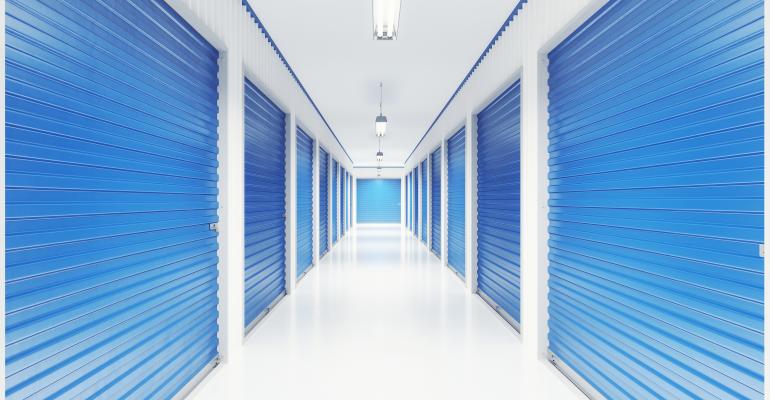E-commerce has been driving demand for industrial space over the past several years, and the pandemic delivered a powerful boost to online shopping. According to the U.S. Census Bureau, e-commerce as a percentage of core retail sales increased from 16 percent in 2019 to 19 percent in 2020 with nearly $880 billion spent on online purchases. Additionally, companies that ran out of products due to high demand and disrupted supply chains are now increasing their “just in case” inventories. Retailers stocking more necessity items locally will align with the revival of international trade to support rising demand for industrial space, says Alan L. Pontius, senior vice president, national director of the Office and Industrial divisions of Marcus & Millichap.
Seventy-two percent of industrial investors believe values will rise over the next 12 months with an average increase expected of 8.2 percent. Additionally, 63 percent think it is a better time to buy versus 28 percent who said it is better to hold or sell at 9 percent. Although growth in e-commerce is attracting more attention to industrial assets, there are several niche sectors within industrial that are outperforming, such as cold storage and data centers, adds Pontius. However, investors do need to be mindful of potential supply risk in select markets. The 315 million square feet of new industrial space built last year exceeded net absorption by nearly 100 million square feet, resulting in vacancies that climbed from 5.0 in 2019 to 5.5 percent in 2020, according to Marcus & Millichap.
Survey results show that apartment investors are much more confident in their outlook for improving values. Sixty-four percent expect values to rise by 5.2 percent over the next 12 months compared to 48 percent who believed values would rise in the second-half 2020 survey. That confidence is likely supported by the fact that rent collections have remained relatively strong during the pandemic. According to the National Multifamily Housing Council Rent Payment Tracker, more than 93 percent of renter households have continued to make full or partial rent payments. A new stimulus package and extended unemployment benefits will provide added support to rent collections in the coming months. “The big question is how significantly a third round of stimulus will affect the market, because we are not out of the woods yet,” says John S. Sebree, senior vice president, national director of the Multi Housing Division at Marcus & Millichap.
According to Marcus & Millichap, apartment vacancies edged slightly higher to 4.4 percent in 2020, likely due to record levels of new construction with 345,000 new units completed last year, the most in over 20 years."The supply risk will likely continue to create headwinds for Class A space, particularly considering the challenges people face when moving during a pandemic," say Sebree. Survey results also show that investor appetite to buy apartments ticked higher from 42 percent in the previous survey to 48 percent. Forty-one percent think it is better to hold and only 12 percent said it was a better time to sell. “Despite the significant construction pipeline, we still have a housing shortage. We do not have appropriate levels of housing, especially at an affordable price point, and we are still trying to cover that gap. That is the ultimate driver for long-term apartment demand,” he says.
Self-storage investors also have a positive outlook on improving fundamentals in the coming year. Seventy-one percent think values are likely to rise by an average of 6.5 percent. Those gains reflect the strong year for fundamentals in 2020. “We saw demand rise and enormous absorption during the pandemic,” says Steven Weinstock, first vice president and national director of Marcus & Millichap’s Self-Storage Division. Self-storage vacancies dropped from 9.5 percent in 2019 to 7.2 percent by year-end 2020, according to Marcus & Millichap.
The bolstered net operating income and profitability some owners are experiencing may explain why nearly half of respondents (46 percent) think now is a good time to sell. Thirty-eight percent said it is better to hold and 16 percent consider it a good time to buy. “There is a perception that self-storage is a recession-resistant property type, which it has demonstrated over the last two downturns. That is attracting a lot of investors who are new to self-storage,” says Weinstock. “That influx of interest is causing some existing owners to consider harvesting their gains.”


